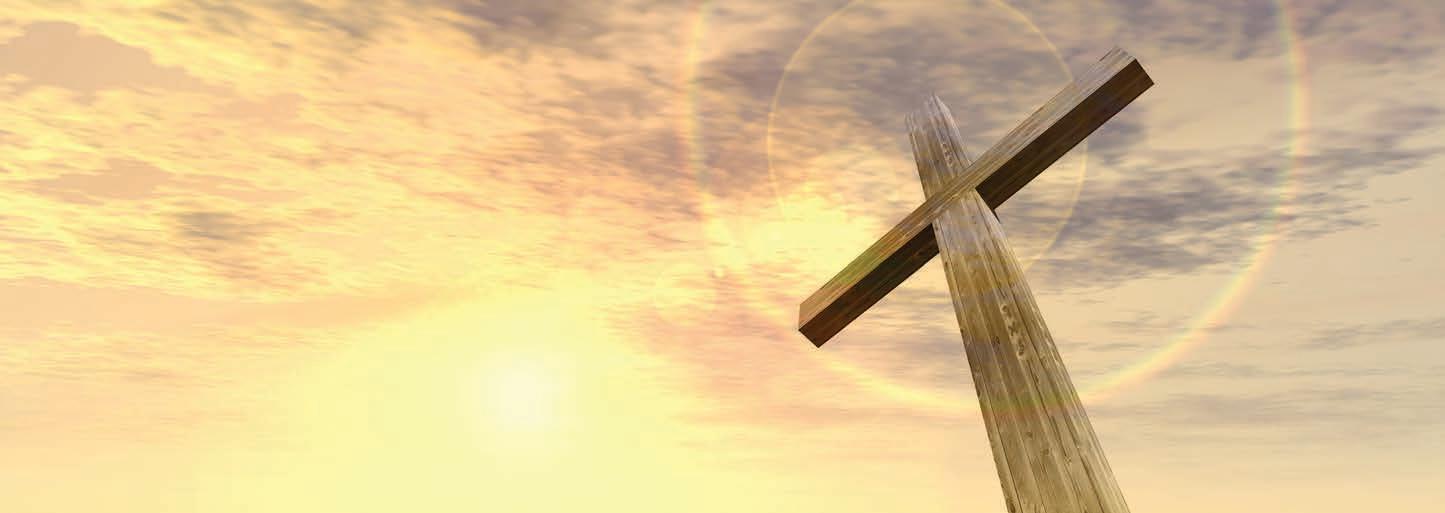
1 minute read
When giants fall, we need to listen
“God has cared for these trees …but he cannot save them from fools.” — John Muir e road passes through Kings Canyon National Park, where visitors get their rst impression of the big trees. As Muir acknowledged, words aren’t su cient to convey the awe of that rst encounter with giant sequoias: “No description can give anything like an adequate idea of their singular majesty, much less of their beauty.”
In just two years, wild re has killed an estimated 13 to 19% of all mature giant sequoia trees. ese most massive of trees grow only on certain western slopes of the Sierra Nevada, the mountain range that divides California’s Central Valley farmland from the Great Basin Desert. e loss of so many “big trees,” as conservationist John Muir called them, is unprecedented.
Many of the best-known stands of giant sequoias grow more than 6,000 feet above sea level in three national parks — Sequoia, Kings Canyon and Yosemite. A visit to these immense trees typically begins with a drive up from Fresno. From the valley oor, Highway 180 curves into foothills, then winds onto steep, tree-covered mountainsides where cooler temperatures and higher humidity take the edge o the California sun.
He added, “Nothing hurts the big tree.” Except in our time: severe wild re and the chainsaw.
Muir’s words helped inspire the national parks that have protected








